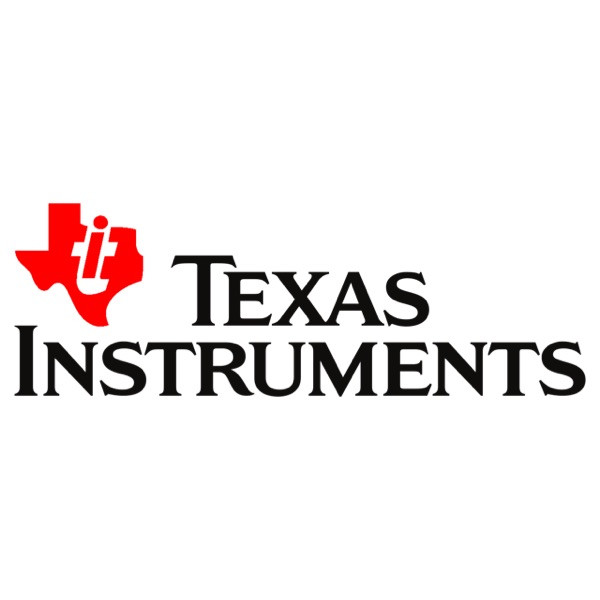Quad-channel RF transceiver with dual feedback paths and four PLLs
03-12-2019 | Texas Instruments | Semiconductors
The Texas Instruments AFE7769 device is a high-performance, multichannel transceiver, combining four direct down-conversion receiver chains, four direct up-conversion transmitter chains, and two wideband RF sampling digitising auxiliary chains (feedback paths). The high dynamic range of the transmitter and receiver chains facilitates wireless base stations to generate and receive 2G, 3G, 4G, and 5G signals.
The low power dissipation and large channel integration of the device allow it to meet the power and size constraints of 4G and 5G massive MIMO base stations. The wideband and high dynamic range feedback path can assist the DPD of the power amplifiers in the transmitter chain. The fast SerDes speed can assist in reducing the number of lanes needed to transfer the data in and out.
Each receiver chain of the device includes a 28dB range DSA, followed by a wideband passive IQ demodulator, and a baseband amplifier with integrated programmable antialiasing low pass filters, driving a continuous-time sigma-delta ADC. The RX chain can receive an IBW up to 200MHz. Each receiver channel has two analog peak power detectors and several digital power detectors to aid an external or internal autonomous AGC control for receiver channels, and an RF overload detector for device reliability protection. The integrated QMC algorithm can continuously monitor and correct for the RX chain I and Q imbalance mismatch with no need to insert any specific signals or perform offline calibration.
Each transmitter chain comprises two 14-bit, 3Gsps IQ DACs, followed by a programmable reconstruction and DAC image rejection filter, an IQ modulator driving a wideband RF amplifier with 39-dB range gain control. The TX chain combined QMC and LO leakage cancellation algorithms, leveraging the FB path can continually track and correct for the TX chain IQ mismatch and LO leakage.
Each FB path is based on RF sampling architecture and comprises an input RF DSA driving a 14-bit, 3Gsps RF ADC. The direct sampling architecture offers an inherently wideband receiver chain and simplifies the calibration of the TX chains impairments. The FB path combines two independent NCO that enables fast switching between two observed RF input bands.
The synthesizer section unites four fractional-N RF PLL that can generate four different RF LO, enabling the device to support up to two different bands, each one configured as two transmitters, two receivers and one feedback paths.
By Natasha Shek

AFE7769EVM

